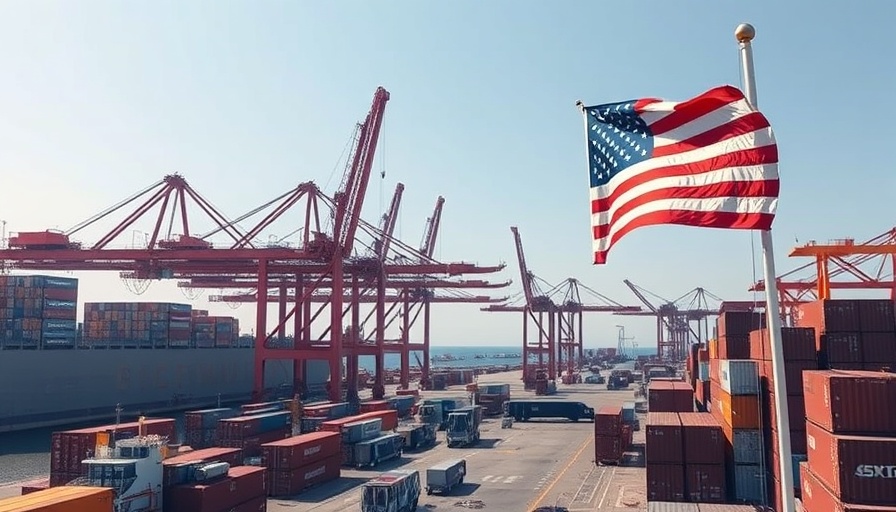
Understanding the Court's Decision on Trump's Tariffs
A recent ruling from the US appeals court has temporarily lifted a block on tariffs imposed during Donald Trump’s presidency. This decision is pivotal as it could lead to implications for businesses and consumers across the nation. With trade tensions rising globally, clarifying how these tariffs work becomes increasingly important.
Impact on Small Businesses and Consumers
Small businesses, many of which are still recovering from the financial strains imposed by the pandemic, are closely watching these developments. Tariffs can directly affect the cost of goods and materials sourced internationally, which can drive up prices for consumers. For example, businesses dealing in construction materials may face increased costs, leading to higher prices for home buyers.
The Broader Economic Context
This decision comes at a time when the global economy is still navigating the impacts of COVID-19, inflation, and supply chain disruptions. Tariffs might be seen as a way to protect domestic manufacturing, but they can also lead to retaliatory measures from other nations, potentially stunting economic growth and affecting employment rates.
Future Predictions: What Lies Ahead?
As the situation unfolds, analysts are predicting that any further escalation in tariff policies could lead to a full-blown trade war. Key sectors to watch include technology and agriculture, which are particularly vulnerable to tariff fluctuations. The current administration's approach to these tariffs will likely shape trade relations with key partners like China, which could, in turn, affect the prices consumers pay for a variety of goods.
Counterarguments and Diverse Perspectives
Supporters of tariffs argue that they help level the playing field for American companies competing with foreign manufacturers that may not adhere to the same labor and environmental standards. However, critics highlight that these tariffs often lead to increased consumer prices and can hurt lower-income families the hardest. Balancing these perspectives is crucial for policymakers as they forge a path forward.
Actionable Insights: What Consumers Can Do
In light of these developments, consumers should stay informed about the changing market conditions and be proactive in their purchasing decisions. Comparing prices and seeking out domestic products can help mitigate the impact of potential price increases. Additionally, understanding the reasons behind price changes can empower consumers to make informed choices.
Conclusion
The temporary reprieve on Trump's tariffs has opened up a critical conversation about economic policy and consumer impacts. As businesses and individuals navigate the complexities of tariffs, staying engaged and informed will be essential. Understanding these changes can equip consumers to better manage their finances in an ever-changing economy and help small businesses adapt to shifting market conditions.
 Add Row
Add Row  Add
Add 




Write A Comment